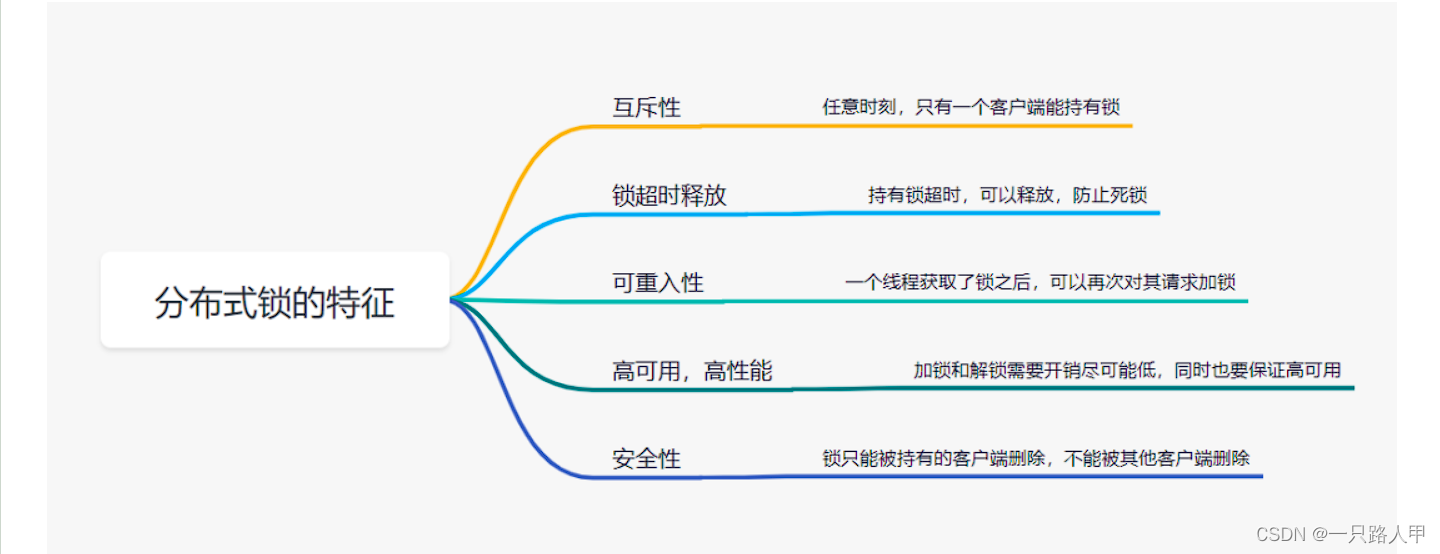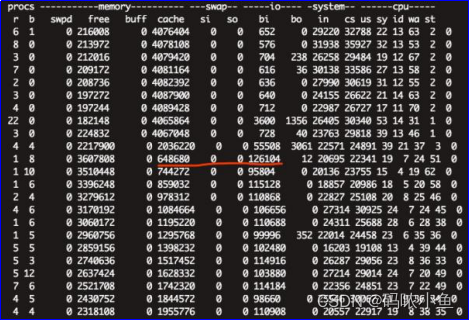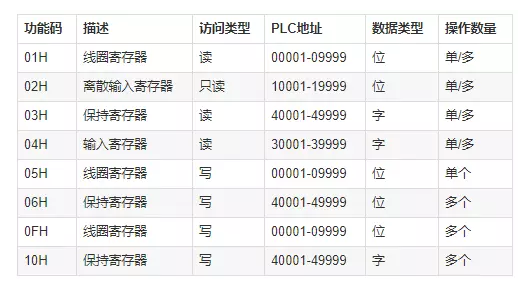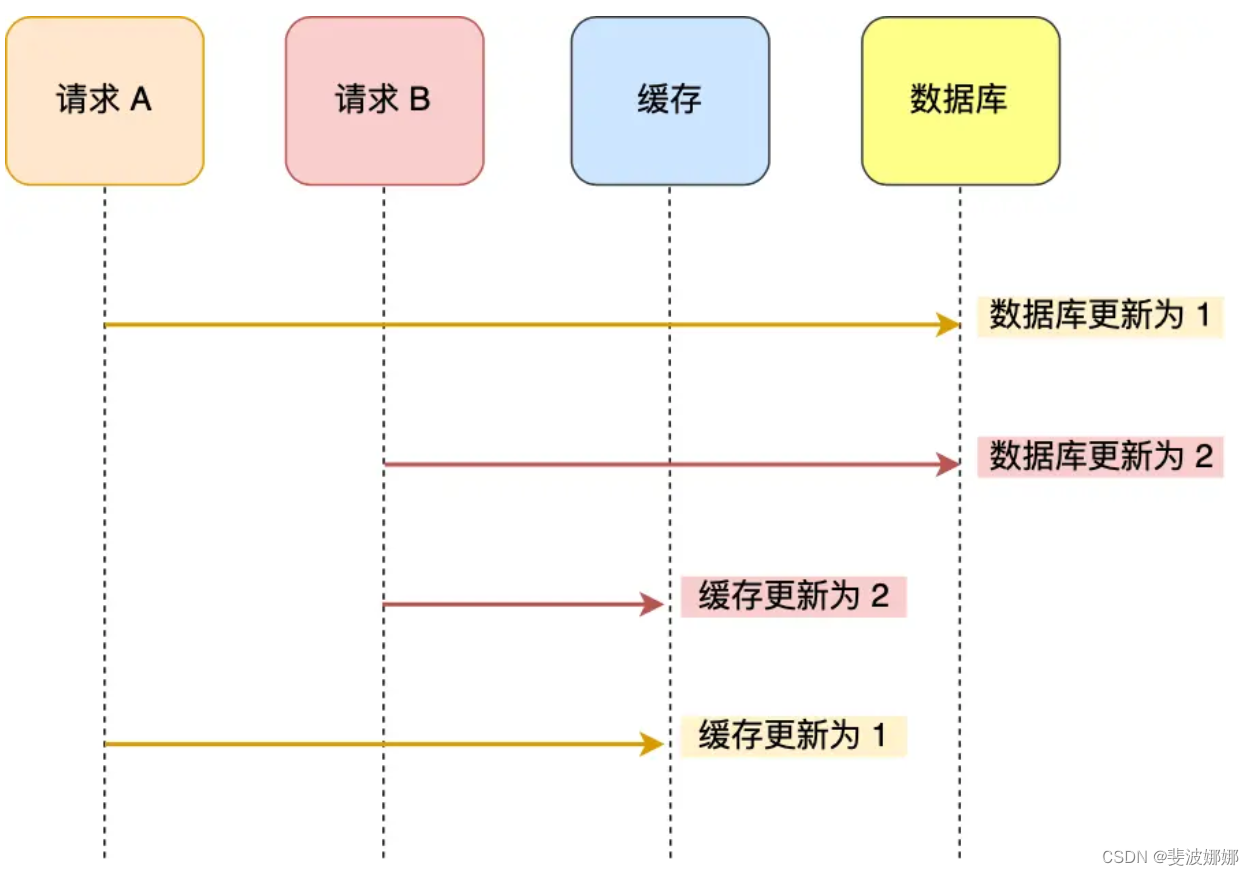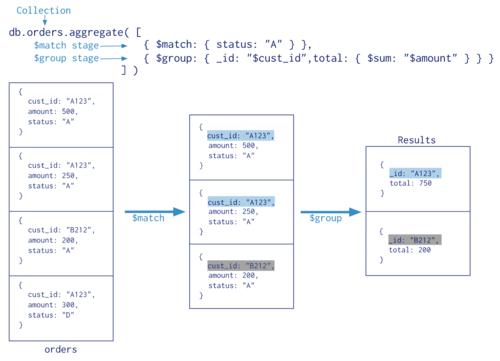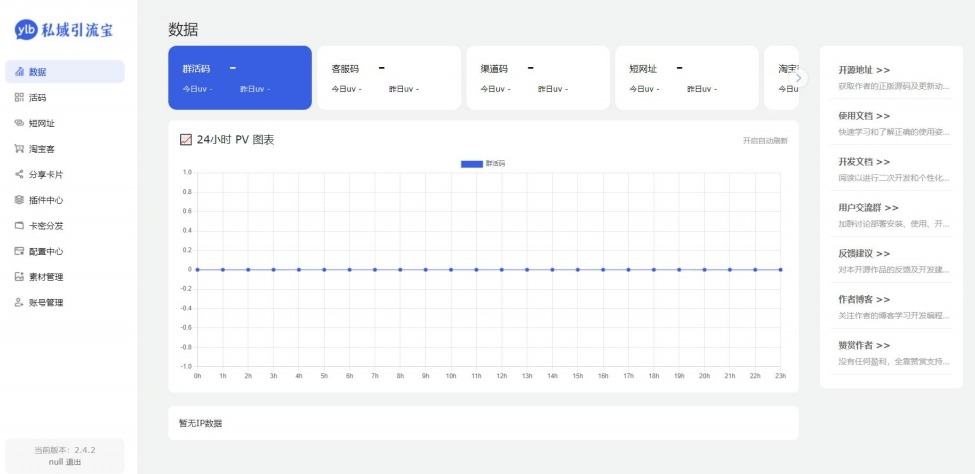由于微信小程序与普通网页的开发、编译、运行机制都有所不同,在防抖节流的方法使用上也就需要我们做一些比较棘手的适配操作。常见的H5开发的防抖节流此处就不再分享了,网上有太多的教程,或者直接问那群AI即可。

(图片来源网络,侵删)
OK,言归正传,直接上代码:
一、防抖函数(TS版)及其使用案例
1、文件:pages/utils/index.ts

(图片来源网络,侵删)
/** * 防抖函数 debounce * * @param fn 要防抖的函数 * @param wait 等待时间,默认为500毫秒 * @param isImmediate 是否立即执行,默认为true * @returns 返回防抖处理后的函数 */ let timerId: number | null = null; let flag = true; export const debounce = (fn: { apply: (arg0: any, arg1: IArguments) => void; }, wait = 500, isImmediate = true) => { if (isImmediate) { return function () { // @ts-ignore const context = this; timerId && clearTimeout(timerId); if (flag) { fn.apply(context, arguments); flag = false; } timerId = setTimeout(() => { flag = true; }, wait); }; } return function () { // @ts-ignore 将当前上下文(this)赋值给 context const context = this; timerId && clearTimeout(timerId); timerId = setTimeout(() => { fn.apply(context, arguments); }, wait); }; };
2、文件:pages/views/demoPage/index.ts
import { debounce } from '../../utils/index';
Page({
/** 实际需要执行的方法 */
clickHandler(e: any) {
console.log('[clickHandler] e.currentTarget.dataset >>>');
console.log(e.currentTarget.dataset);
},
/**
* 防抖处理后的方法
* 说明一下:其实这个才是重点,debounce写完以后,怎么绑定到页面中是个大问题!
* 再尝试多次后,得出以下正确使用方式!
* 当然,如果有更好的写法,欢迎大家评论补充,感谢一起分享!
*/
dbClickHandler(e) {
debounce(this.clickHandler)(e);
},
});
3、文件:pages/views/demoPage/index.wxml
这个就正常的bind就行,需要稍微注意的就是要bind包裹了一层防抖函数的 dbClickHandler,如下:
二、节流函数(TS版)及其使用案例
节流的场景相对防抖还是比较少的,但是例如搜索框的大舌头效果还是很经典的,这个搜索提示的场景要求我们在节流的同时,必须确保用户最后一次输入的值执行搜索函数,因此该方法还是有那么点麻烦。
1、文件:pages/utils/index.ts
// 定义一个泛型类型 Func,代表任何接收任意参数并返回任意结果的函数 type Func = (...args: any[]) => any; /** * 节流函数,用于限制给定函数的执行频率。 * * @param fn 需要进行节流的函数。 * @param delay 函数执行之间的延迟时间,以毫秒为单位。默认为500毫秒。 * @returns 返回一个新函数,当调用该新函数时,会根据指定的延迟时间执行被节流的函数。 */ export function throttle(fn: Func, delay = 500) { let lastFunc: any; let lastRan: number; let context: any; let args: any; let result: any; // 定义一个内部函数 executeFunc,用于实际执行传入的函数 fn const executeFunc = function () { result = fn.apply(context, args); lastRan = Date.now(); clearTimeout(lastFunc as any); lastFunc = null; context = null; args = null; }; // 返回一个新的函数,该函数在被调用时会执行节流逻辑 return function () { // @ts-ignore 将当前上下文(this)赋值给 self const self = this; context = self; args = arguments; const now = Date.now(); if (!lastRan) { executeFunc(); lastRan = now; } else if (now - lastRan2、文件:pages/views/demoPage/index.ts
import { throttle } from '../../utils/index'; Page({ /** 实际需要执行的方法 */ myInputChange(e: any) { console.log('[myInputChange] doing...'); console.log('[myInputChange] id:', e.target.id); console.log('[myInputChange] value:', e.detail.value); }, /** * 节流处理后的方法 * 注意:为了能成功用上节流这个方法,此处的写法也必须是这样类似选项式的写法 */ throttleInputChange: throttle(function(e) { console.log('[throttleInputChange] doing...'); // @ts-ignore this.myInputChange(e) }), });3、文件:pages/views/demoPage/index.wxml
以下是一个地址搜索框的例子,还是注意下bind包裹后的节流函数throttleInputChange即可。
END.


